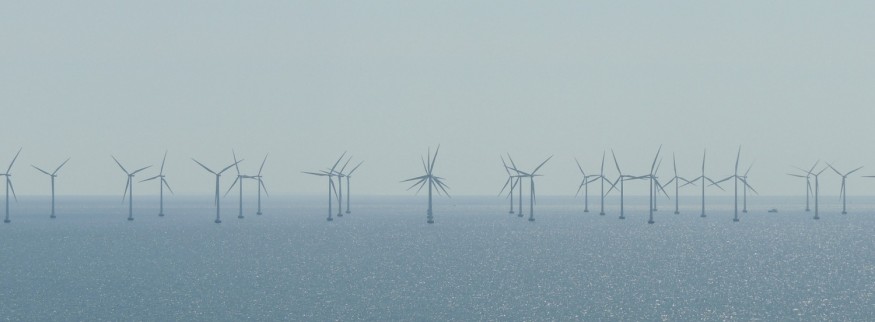
The level of greenhouse gases in the atmosphere has hit a record high, according to the latest report from the United Nation's World Meteorological Organization (UN-WMO).
The hikes in the gases measured in 2018 were all beyond the average level for the last decade, pointing out that actions on the climate emergency to date are not affecting the atmosphere.
The difference between the targets and reality were both "glaring and growing," according to WMO. The unavoidable increase in greenhouse gas concentration followed from the continued surge in global emissions, which was described as "brutal news" for 2018.
The experts worldwide estimate that emissions must drop by half by 2030 to supply an excellent opportunity for curbing global warming to 1.5 degrees Celcius behind where hundreds of millions of people will suffer more heatwaves, droughts, floods, and poverty.
"There [are no signs] of [slowdown nor decline] despite all the commitments under the Paris agreement on climate change," WMO secretary-general Petteri Taalas said. "We need to increase the level of ambition for the sake of the [humanity's future welfare]," the secretary-general added.
Taalas said the Earth experienced a "comparable concentration" of carbon dioxide three to five million years ago. "[The temperature back then] was two to three degrees Celcius warmer and the sea level was 10 to 20 meters higher than now," he added.
The WMO report, published on Monday, discovered the global average concentration of carbon dioxide reached 407.8 parts per million (ppm) in 2018, up from 405.5 ppm in 2017. It is now 50 percent higher than in 1750 before the industrial revolution sparked the widespread burning of coal, oil, and gas.
The increase in greenhouse gas levels since the 1990s has made the warming effect of the atmosphere 43 percent more powerful. The carbon dioxide causes most of the rise.
But the concentrations of nitrous oxide and methane - two other greenhouse gasses - also raised by higher amounts than the yearly average over the past decades.
Emission reductions affirmed by nations under the Paris agreement are "inadequate" - experts
According to a comprehensive expert analysis published earlier in November, three-quarters of the emission reductions sworn by countries under the Paris agreement of 2015 are "totally inadequate" and leads the world on a path to climate disaster.
ALSO READ : United States Withdraws From Paris Agreement
Another report discovered that the countries are on their way to produce more than double fossil fuels in 2030 than could be burned while keeping heating under 1.5 degrees Celcius.
"The [levels of carbon dioxide concentration] are the closest thing to a real-world Doomsday Clock, and it's driving us ever closer to midnight," said John Sauven, head of Greenpeace UK.
Nick Mabey, chief executive of think tank E3G, said the increase in greenhouse gas concentrations is a "cruel reminder" that people have yet even to stop global emissions increase as everyone strives for real progress in clean technology.
Richard Black, director of the Energy and Climate Intelligence Unit in the UK, said the record level of greenhouse gases should act as a sobering reminder to the countries that they are collectively reneging on the pledge they made at the Paris agreement.
"The window is closing. [The countries should] use all the [diplomatic means] they have to put emissions closer to what science suggests and the public want," Black said.
© 2025 NatureWorldNews.com All rights reserved. Do not reproduce without permission.





